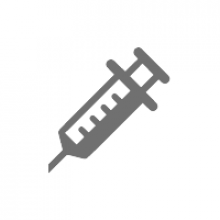
Immunisation
Protective clothing measures
Inspecting for ticks
There is no specific treatment for TBE: vaccination offers the most effective protection where there is chance of exposure because TBE can be transmitted even in minutes from ticks bite.